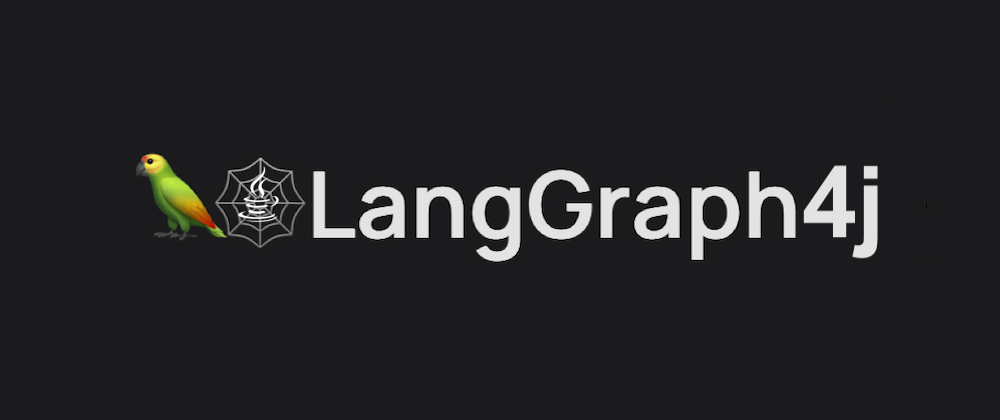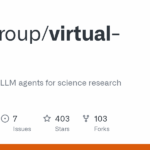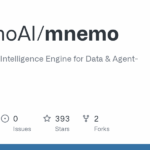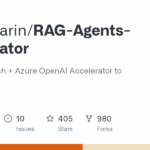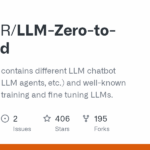langgraph4j
Basic Information
LangGraph4j is a Java library and framework for building stateful, multi-agent applications that orchestrate Large Language Models and custom logic. It provides primitives to define cyclical graphs where nodes represent agents, tools, or business logic and edges control execution flow including conditional transitions. The library manages a shared AgentState schema with reducers and channels so nodes can read and update persistent context. LangGraph4j is inspired by a Python counterpart and integrates natively with Java LLM ecosystems such as Langchain4j and Spring AI. The project includes a studio web UI for visual experimentation, example how-tos, and prebuilt modules like an AgentExecutor to implement ReACT-style agents. The repo also publishes Maven artifacts and targets Java 17 or later.

